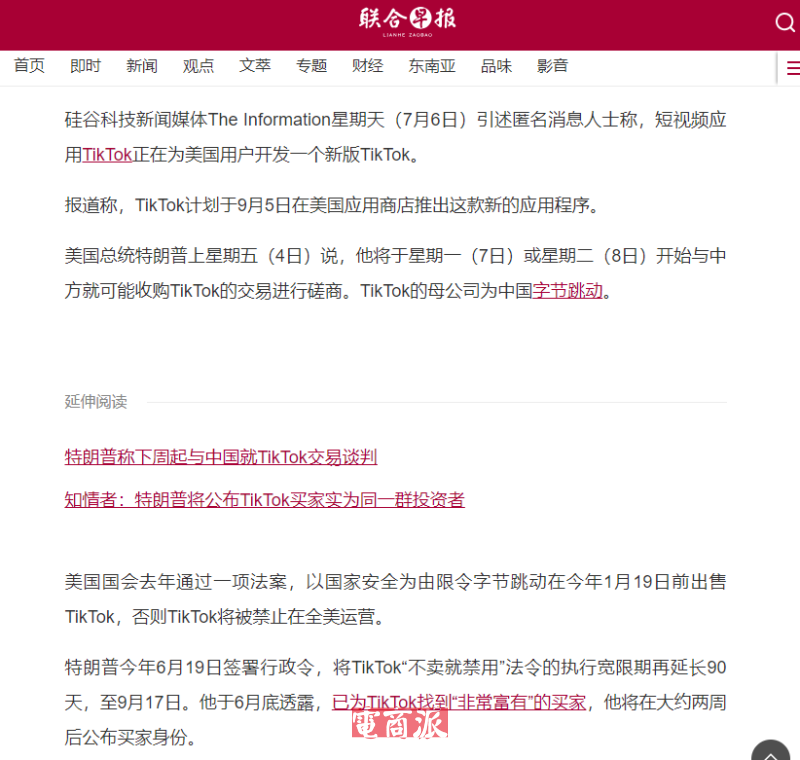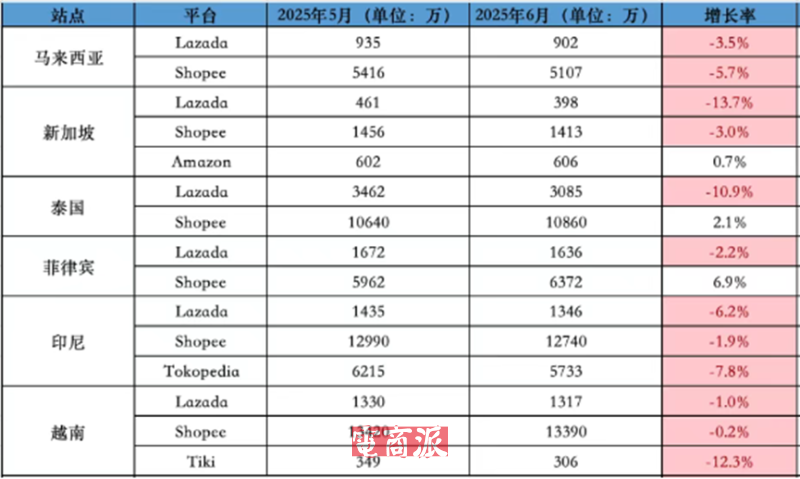sorted函数python

sorted函数是Python内置的一个函数,用于对可迭代对象进行排序操作。它的基本语法是:
```
sorted(iterable
key=None
reverse=False)
```
其中,iterable表示待排序的可迭代对象,例如列表、元组、字符串等。key是一个可选参数,用于指定一个函数,根据该函数的返回值对可迭代对象的每个元素进行排序。reverse也是一个可选参数,用于指定是否要进行反向排序,默认为False,表示按照升序进行排序。
sorted函数的作用是返回一个新的已排序的列表,而不会改变原来的可迭代对象。
下面是对sorted函数的详细解释及示例:
1. 对列表进行排序
```python
numbers = [3
1
4
1
5
9
2
6
5]
sorted_numbers = sorted(numbers)
print(sorted_numbers) # [1
1
2
3
4
5
5
6
9]
```
2. 对字符串进行排序
```python
string = "hello"
sorted_string = sorted(string)
print(sorted_string) # ['e'
'h'
'l'
'l'
'o']
```
3. 指定key函数进行排序
```python
students = [
{"name": "Alice"
"age": 20}
{"name": "Bob"
"age": 19}
{"name": "Charlie"
"age": 21}
]
sorted_students = sorted(students
key=lambda student: student['age'])
print(sorted_students)
# [{'name': 'Bob'
'age': 19}
{'name': 'Alice'
'age': 20}
{'name': 'Charlie'
'age': 21}]
```
4. 指定reverse参数进行反向排序
```python
numbers = [3
1
4
1
5
9
2
6
5]
sorted_numbers = sorted(numbers
reverse=True)
print(sorted_numbers) # [9
6
5
5
4
3
2
1
1]
```
5. 对字符串按照长度进行排序
```python
strings = ["apple"
"banana"
"cherry"
"date"]
sorted_strings = sorted(strings
key=len)
print(sorted_strings) # ['date'
'apple'
'banana'
'cherry']
```
通过以上示例,可以看出sorted函数在对可迭代对象进行排序时非常灵活,并且可以根据需要进行自定义排序规则。
 邮件群发-邮件群发软件|邮件批量发送工具|群发邮件平台|批量邮箱发送系统公司
邮件群发-邮件群发软件|邮件批量发送工具|群发邮件平台|批量邮箱发送系统公司








